Ground covers are often a go-to solution for filling in bare spots in the garden, but some of the most popular choices can quickly become a headache. Certain varieties spread aggressively, overtaking other plants and causing more trouble than they’re worth. If you’ve ever found yourself pulling out creeping vines or battling with plants that just won’t stay put, you’re not alone. The right ground cover should enhance your garden without turning into a full-time job.
Luckily, there are plenty of attractive alternatives that provide similar coverage without the chaos. In this guide, we’ll highlight seven common ground covers that tend to overstay their welcome and offer seven better options that stay in place. These alternatives will give you the beauty and functionality you’re looking for, with much less maintenance.
English Ivy (Hedera helix)
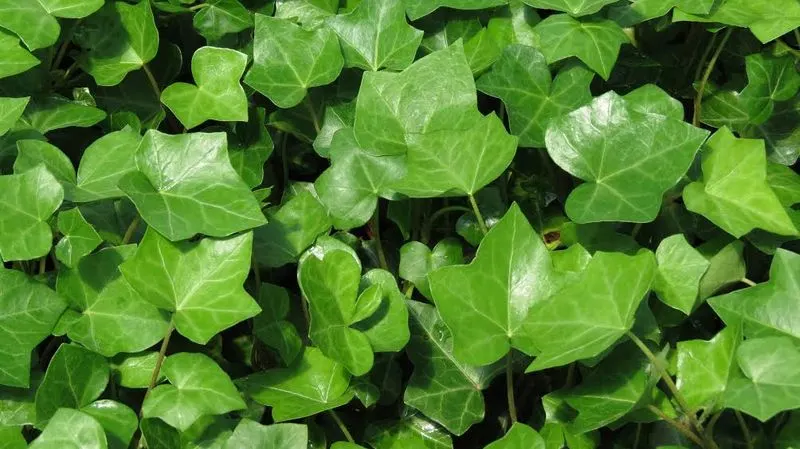
English Ivy, with its captivating glossy leaves, often spirals out of control, overtaking trees and structures. Its tenacity can lead to a hard-to-control spread in gardens.
However, its aesthetic appeal often hides its invasive tendencies.
In shady areas, it can quickly outcompete native species, creating a monoculture. Removing ivy can be labor-intensive, requiring consistent cutting and monitoring.
Creeping Jenny (Lysimachia nummularia)

Creeping Jenny’s vibrant yellow leaves create a striking ground cover, but beware—it’s a fast spreader. This plant can quickly colonize garden spaces, smothering other plants under its bright foliage.
If left unchecked, Creeping Jenny becomes a dominant force, outcompeting more delicate plants. Its roots can be difficult to eradicate, requiring patience and regular maintenance.
Periwinkle (Vinca minor)
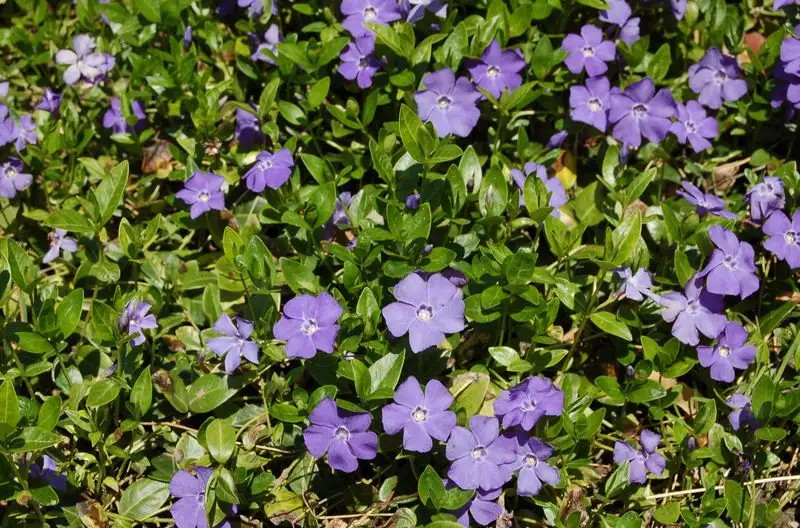
Periwinkle’s charming violet-blue flowers are deceivingly aggressive. Once planted, this ground cover spreads swiftly, often escaping garden borders.
Its dense growth can choke out native plants and disrupt local ecosystems.
Managing periwinkle involves frequent pruning and vigilance to prevent its relentless spread. Despite its beauty, it’s a challenging plant to control.
Ajuga (Ajuga reptans)
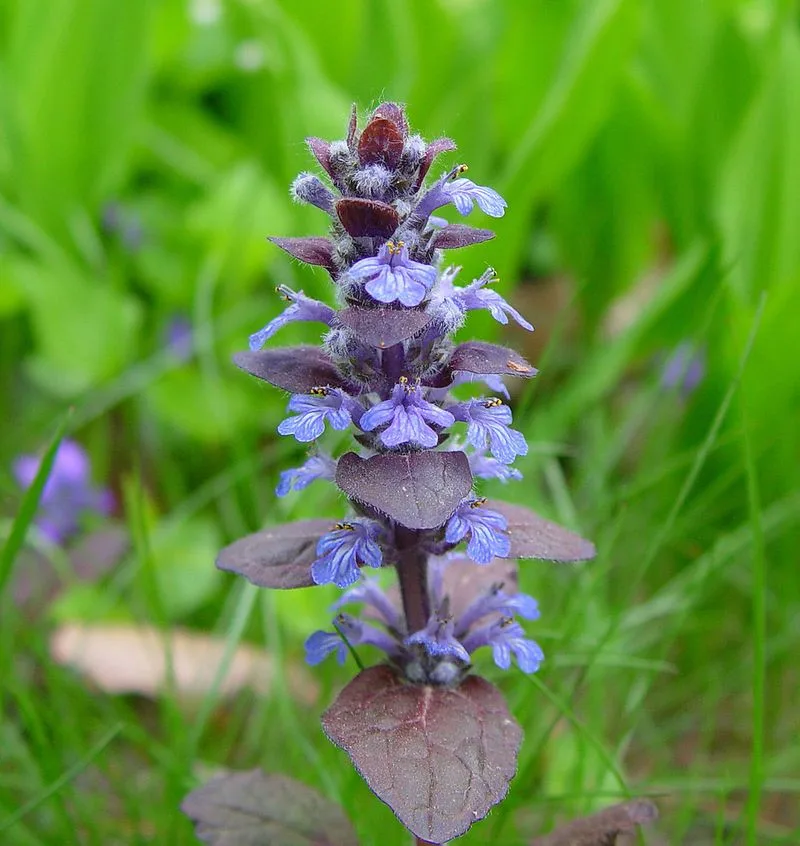
Ajuga’s striking deep purple leaves and blue flowers create an eye-catching display. However, its rapid spread can become a gardener’s nightmare.
This ground cover quickly overtakes spaces, crowding out plants.
Control requires disciplined trimming and awareness, as Ajuga’s underground runners make it tenacious and hard to remove once established.
Bishops Weed (Aegopodium podagraria)
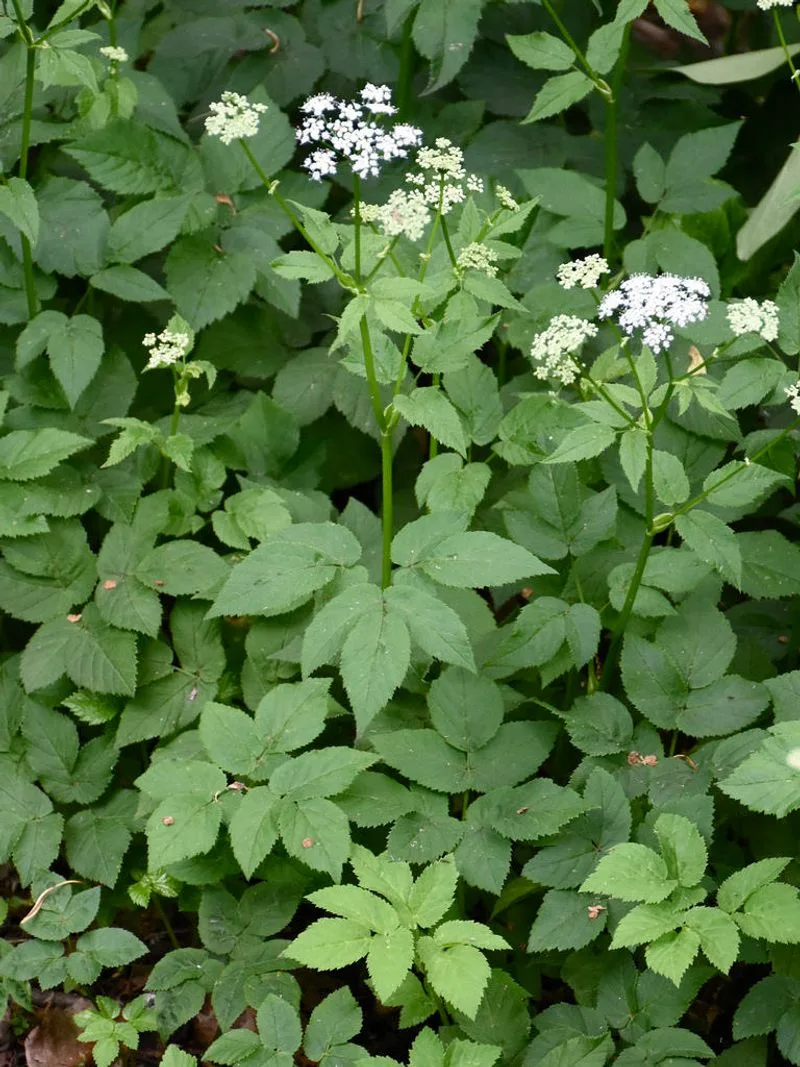
Bishop’s Weed, with its attractive variegated leaves, seems innocuous but spreads aggressively. Once established, it can dominate garden beds, leaving little room for other plants.
Eliminating Bishop’s Weed demands diligence, as it tends to return if not completely removed. Its resilience can be daunting, making it a challenging ground cover to manage.
Bugleweed (Ajuga genevensis)

Bugleweed is often appreciated for its vibrant purple blooms and rosette foliage. Yet, its charm belies an aggressive nature.
It grows rapidly, often overpowering smaller plants.
Control requires regular cutting back and monitoring, as Bugleweed’s robust growth can be difficult to curtail, making it unsuitable for less attentive gardeners.
Goutweed (Aegopodium podagraria)
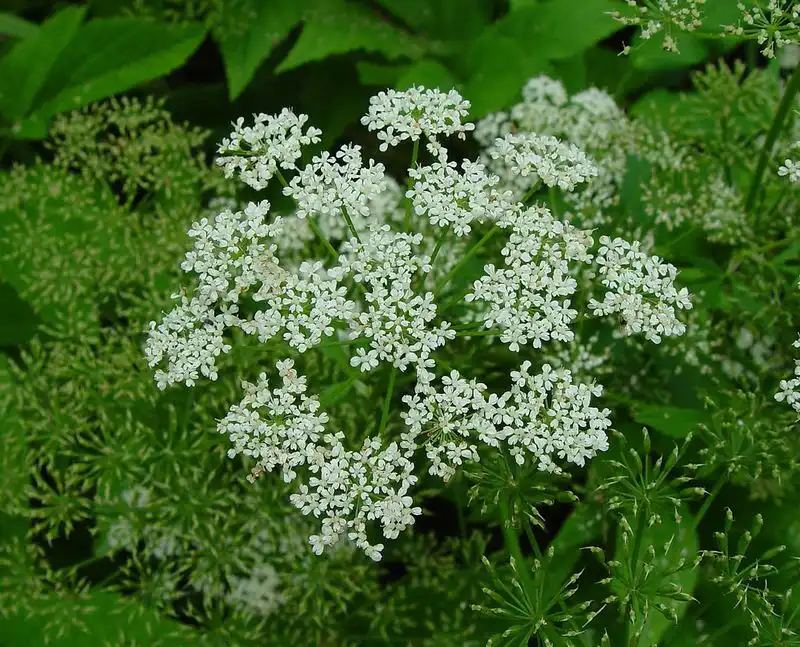
Goutweed’s decorative leaves and rapid growth make it a popular choice, but its invasiveness is often underestimated. It can quickly cover garden beds, outcompeting native flora.
Managing goutweed requires consistent effort, as it can reappear if roots are left behind. Its persistent nature makes it a formidable garden opponent.
Wild Ginger (Asarum canadense)
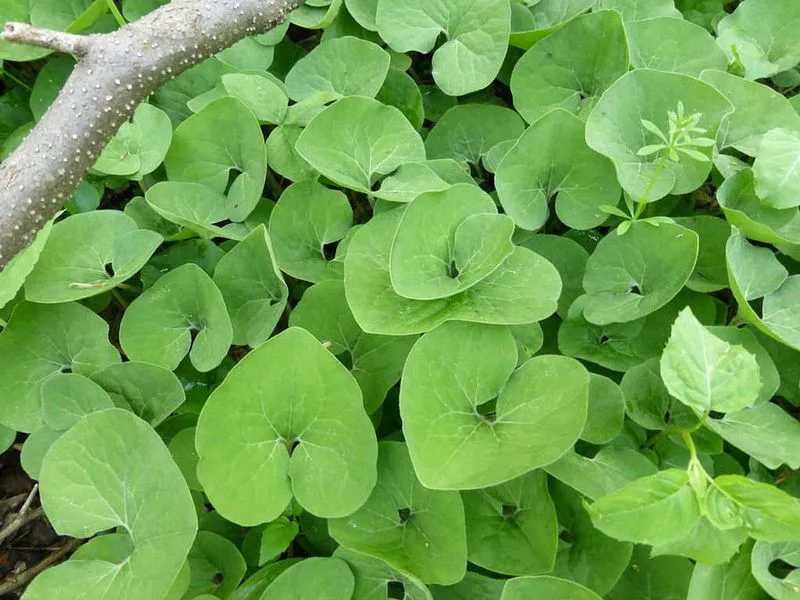
Wild Ginger offers a delightful alternative, with its heart-shaped leaves creating a charming ground cover. Unlike its invasive counterparts, it stays where planted.
It integrates well into garden designs without overwhelming other plants, providing a lush, green backdrop. Wild Ginger’s restrained growth makes it an excellent choice for gardeners seeking stability.
Barrenwort (Epimedium spp.)
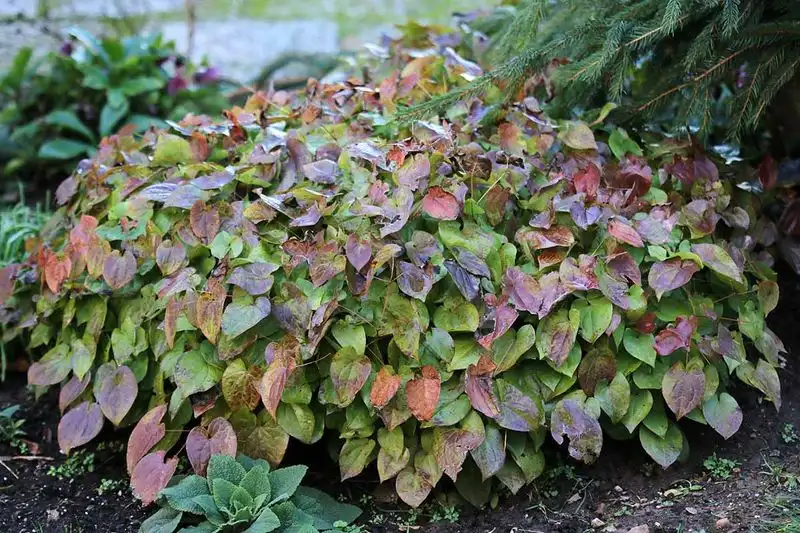
Barrenwort presents a graceful solution with its soft flowers and heart-shaped leaves. This ground cover is non-invasive, offering reliable coverage without overtaking your garden.
Its subtle beauty and restrained growth make Barrenwort a trustworthy alternative to more aggressive plants, fitting seamlessly into various garden styles.
Foamflower (Tiarella cordifolia)
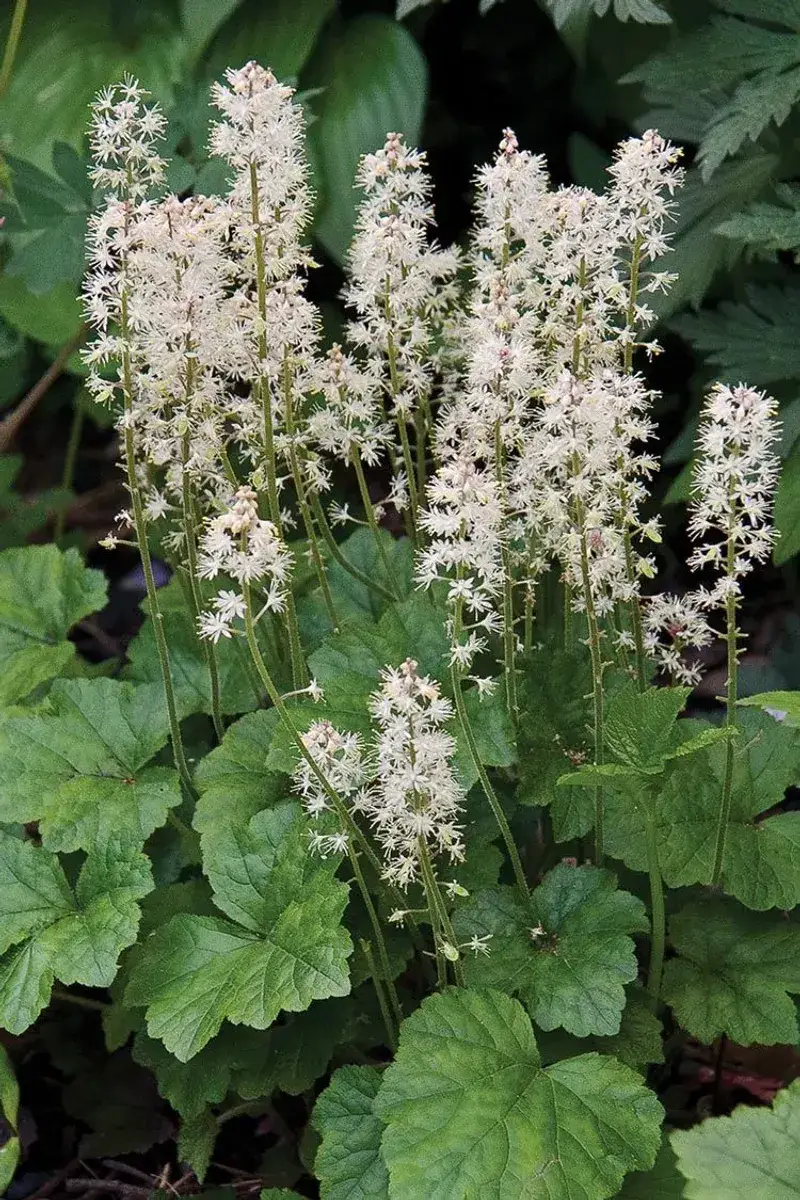
Foamflower’s lovely white blooms and gentle demeanor make it a perfect choice for a stable garden. It provides an elegant ground cover that respects its boundaries.
This plant offers visual interest without the worry of aggressive spreading, ideal for gardeners desiring a touch of whimsy without the hassle.
Siberian Bugloss (Brunnera macrophylla)
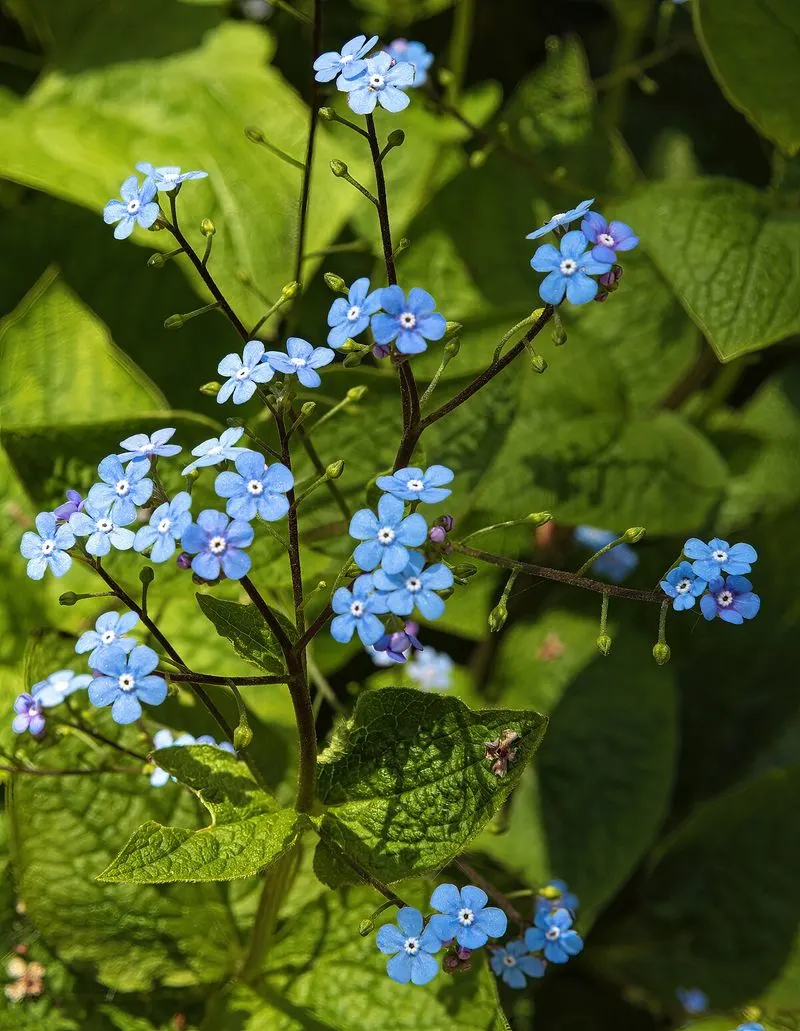
Siberian Bugloss delights with its heart-shaped leaves and delicate blue flowers. Unlike invasive species, it provides consistent coverage without overwhelming its environment.
Its steady nature makes it a reliable choice for gardeners who want beauty and order. Brunnera’s charm lies in its simplicity and steadfastness, making it a lovely garden companion.
Lungwort (Pulmonaria spp.)

Lungwort offers an appealing alternative with spotted leaves and dainty flowers. Its growth is predictable and non-invasive, making it a popular choice for controlled garden areas.
Gardeners appreciate Lungwort’s ability to complement other plants without taking over. Its unique foliage adds interest, while its contained nature ensures harmony in garden designs.
Sweet Woodruff (Galium odoratum)
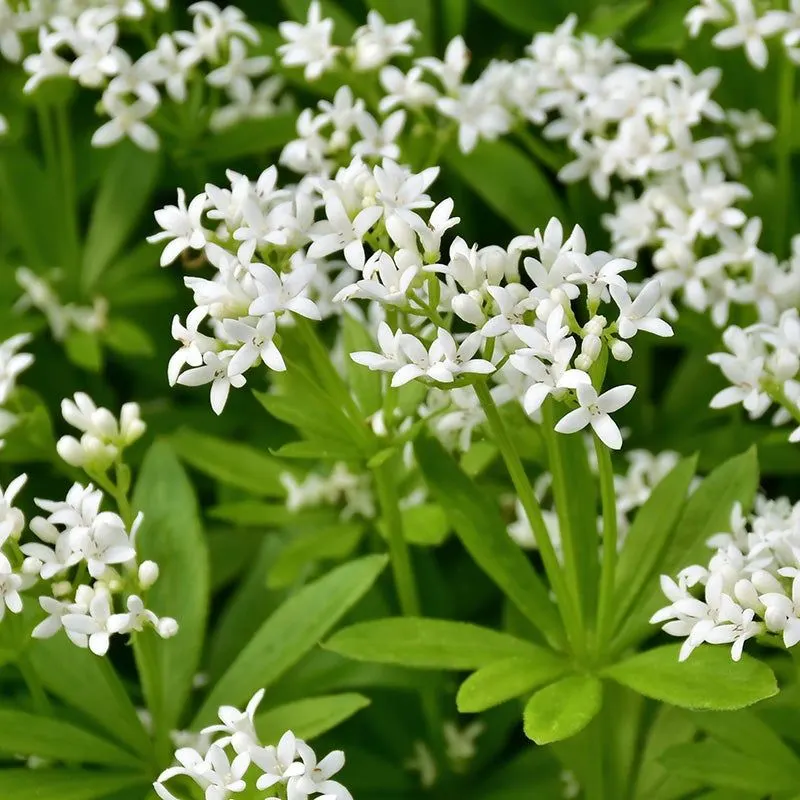
Sweet Woodruff enchants with its tiny white blooms and fragrant leaves. This ground cover remains well-mannered, making it perfect for shady garden areas.
Its restrained growth pattern allows it to coexist peacefully with other plants, offering a touch of elegance without the chaos of invasive species.
Heuchera (Heuchera spp.)
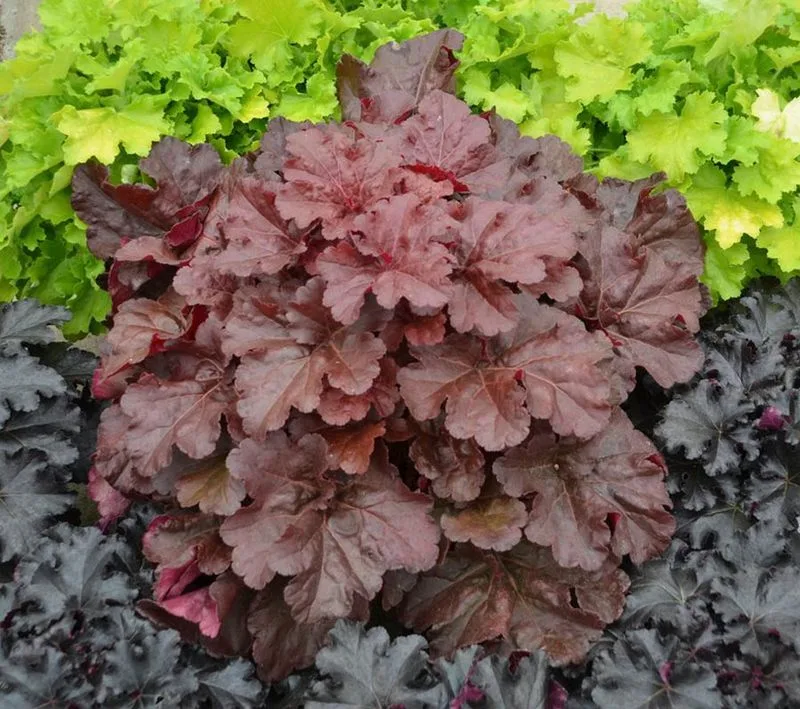
Heuchera stands out with its vibrant foliage, available in a spectrum of reds and purples. This ornamental ground cover stays within its bounds, offering color without the chaos.
Heuchera’s bold leaves add visual intrigue, and its disciplined nature makes it a favorite among gardeners seeking both beauty and control.

